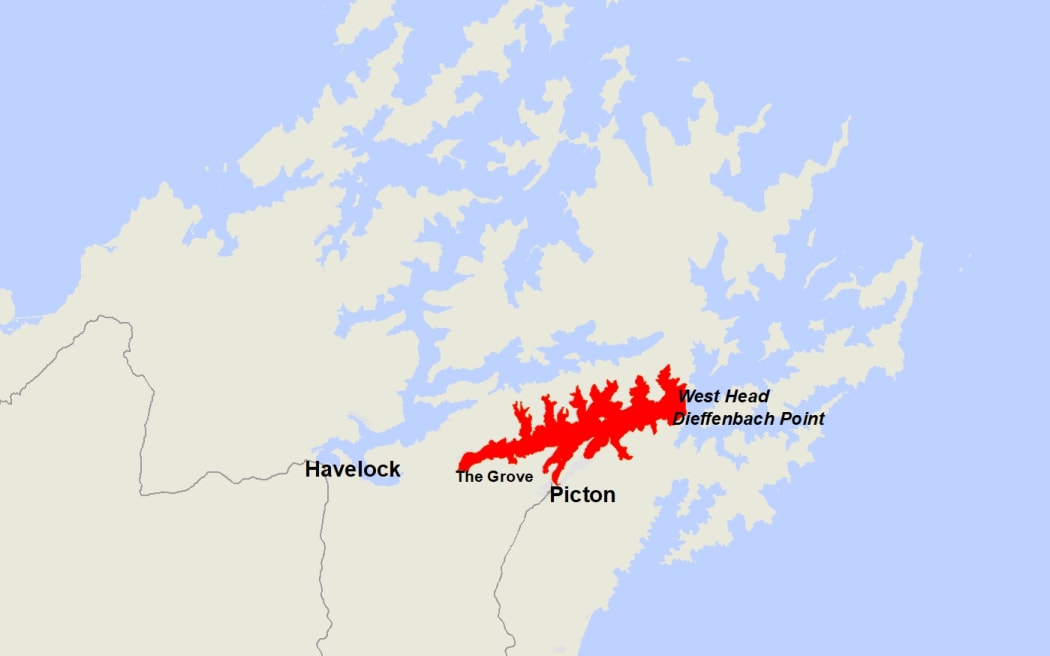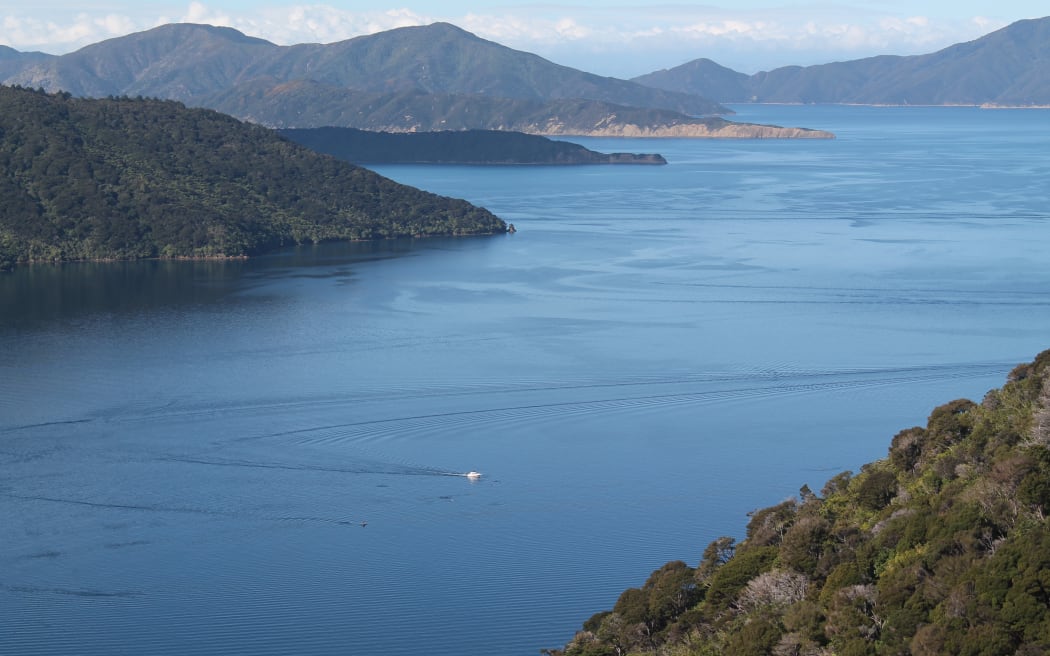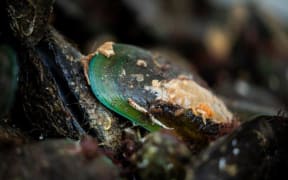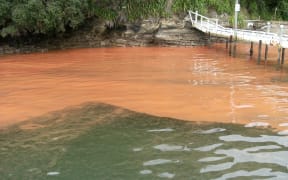
The areas where high levels of paralytic shellfish toxins were detected. Photo: Supplied / NZ Food Safety
People are being warned not to collect or eat shellfish from Queen Charlotte Sound or part of Golden Bay after high levels of paralytic shellfish toxins were detected.
New Zealand Food Safety said routine tests on mussels from near Waikawa have shown levels of paralytic shellfish toxins that were three times higher than the safe limit.
The warning extends from Anakiwa, out to West head and Dieffenbach Point.
Toxin levels in mussels near Collingwood in Golden Bay have also risen in recent weeks and are nearly exceeding the safe limit, so should not be consumed.

File photo. Photo:
Commercial harvesting has stopped at mussel farms near Collingwood - with the public warned shellfish gathered from the shore could also have elevated levels of toxins.
NZFS deputy director-general Vincent Arbuckle said mussels, oysters, tuatua, pipi, toheroa, cockles and scallops, as well as pūpū (cat's eyes), Cook's turban and kina should not be consumed.
"Cooking the shellfish does not remove the toxin, so shellfish from the affected areas should not be eaten."
Pāua, crab and crayfish may be eaten if the gut has been completely removed prior to cooking, as toxins accumulate in the gut. If the gut is not removed, its contents could contaminate the meat during the cooking process.
Finfish are not affected by this public health warning, but people are advised to gut the fish and discard the liver before cooking.
Arbuckle said there have been no reports of associated illness. NZFS is monitoring shellfish in the region and will notify the public of any changes to the situation.
Commercially harvested shellfish - sold in shops and supermarkets or exported - is subject to strict water and flesh monitoring programmes by NZFS to ensure it is safe to eat.
Symptoms of paralytic shellfish poisoning usually appear within 10 minutes to three hours of eating and may include:
- Numbness and a tingling (prickly feeling) around the mouth, face, hands, and feet
- Difficulty swallowing or breathing
- Dizziness and headache
- Nausea and vomiting
- Diarrhoea
- Paralysis and respiratory failure and, in severe cases, death
If anyone becomes ill after eating shellfish from an area where a public health warning has been issued, they should phone Healthline for advice on 0800 61 11 16, or seek medical attention immediately.
People are also advised to contact their nearest public health unit and keep any leftover shellfish in case it can be tested.



